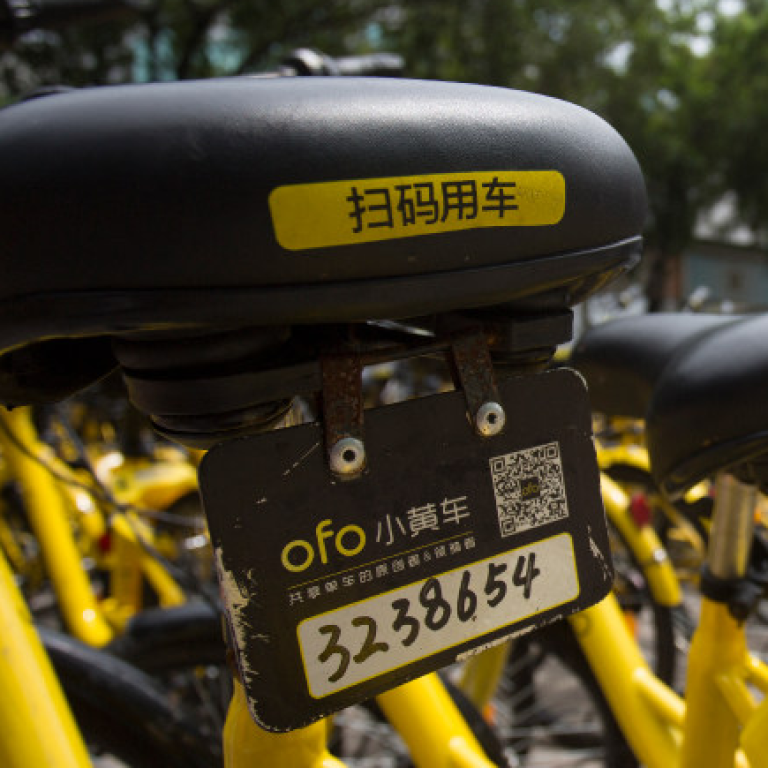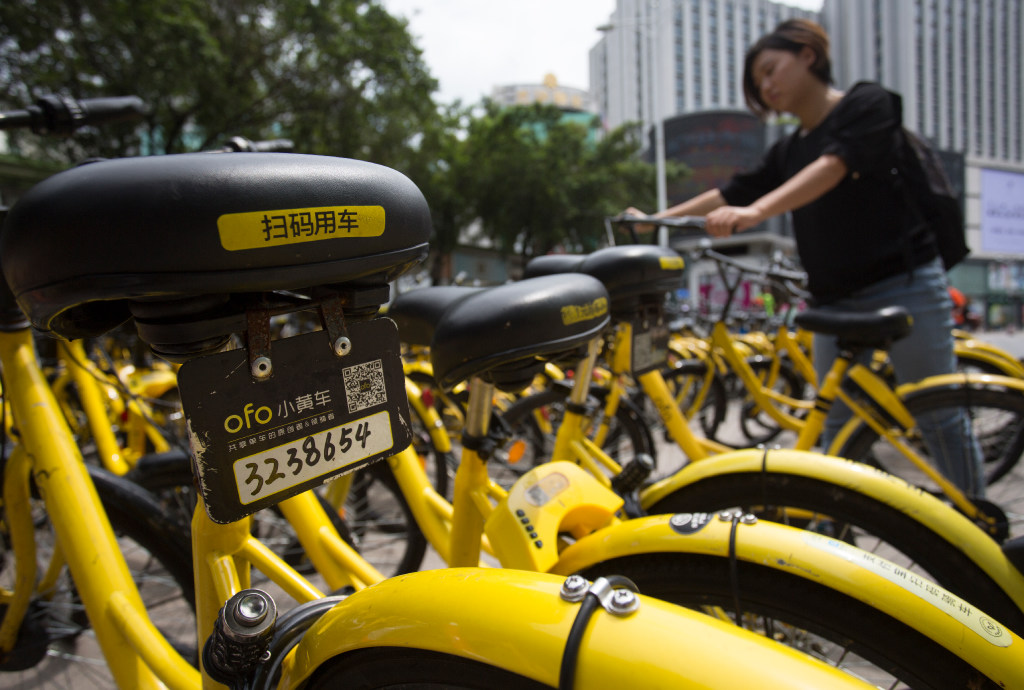
China’s favorite mobile payment technology has a security problem
QR codes are cheap and easy to use, but also vulnerable to scammers
Kwok, a police officer, asked to check the surveillance footage. The culprit turned out to be someone who surreptitiously photographed Kwok’s phone screen, which was showing his personal QR code on Alipay -- Alibaba’s payment app. Using that picture, the offender was able to spend with Kwok’s account.
(Abacus is a unit of the South China Morning Post, which is owned by Alibaba.)

QR codes have spread far and wide as a payment method in China because they are so simple. They don’t require fancy technology to operate: Shoppers either scan the merchant’s code with their phone’s camera, or have the shop scan their personal code with a reader. It’s cheap and easy to use.
How the QR code conquered China
Here, we should explain there are actually two types of QR codes: Static and dynamic.
As their name implies, static codes contain fixed information. They’re the ones you can found printed on billboards and magazines, leading you to a fixed address. On the other hand, dynamic codes can be edited to change the destination it leads to, or even disabled once used. They’re usually found on payment apps in China.

China’s Central Bank considers static QR codes far less secure than dynamic ones. And it’s not hard to see why.
Anyone can easily create a static QR code: There are plenty of online tools readily available. One common way to scam unsuspecting victims is to replace a legitimate code with a bad one.
Zhihu, where people in China go to ask questions and get answers

Authorities are aware. In a new government measure that went into effect last year, transactions conducted via static codes are subject to a daily limit of 500 yuan (US$74) per customer. For dynamic codes, the limit starts far higher at 1,000 yuan (US$148). It can go even higher if additional security measures are adopted, such as two-factor authentication.
And Apple Pay? It wasn’t even among the top eight.
Smartphone in the shower: Chinese college wants students to scan QR codes before washing
For more insights into China tech, sign up for our tech newsletters, subscribe to our Inside China Tech podcast, and download the comprehensive 2019 China Internet Report. Also roam China Tech City, an award-winning interactive digital map at our sister site Abacus.
For more insights into China tech, sign up for our tech newsletters, subscribe to our Inside China Tech podcast, and download the comprehensive 2019 China Internet Report. Also roam China Tech City, an award-winning interactive digital map at our sister site Abacus.

